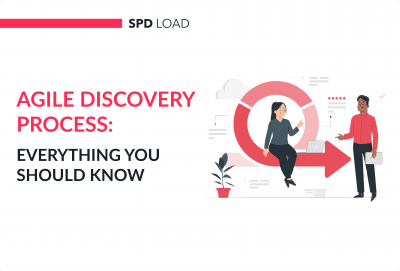AB Test Calculator
- Created: Apr 09, 2024
- 3 min
Let’s delve into calculating statistical significance using an AB test calculator.
Our tool will help you compare two populations and determine if they differ significantly in terms of a specific characteristic.
Whether you’re testing a new feature’s effectiveness, evaluating website design, or want to determine which ad copy will work better, an AB test can provide answers.
In this short guide, we will explore the essence of statistical significance and how you can benefit from this A/B test significance calculator.
Let’s go!
What is Statistical Significance?
Statistical significance is a way to determine if the results of an experiment or study are real and not just by chance.
Imagine an e-commerce site that wants to test two different versions of their checkout to see which one gets more completed purchases.
Version A of the checkout requires users to go through multiple steps, entering their shipping address, payment details and confirmation separately.
Version B of the checkout combines those steps into one page, making it faster and more convenient.
The online business sets up an A/B test where half the site visitors are randomly assigned to Version A and the other half to Version B.
After a week, the online business collects data on the number of completed purchases from both versions of the checkout.
To see if the difference in completed purchases between Version A and Version B is statistically significant, they use statistical analysis.
If the analysis shows that the probability of the difference in completed purchases occurring by chance is very low (let’s say less than 5%), then the difference is statistically significant.
So Version B’s checkout is likely to have a real effect on completed purchases.
But if the probability of the difference occurring by chance is more than 5%, then the difference is not statistically significant.
In this case the online business can’t say with confidence that Version B’s checkout is better at getting more completed purchases.
Statistical significance helps online businesses choose which checkout to use by using facts not luck.
Now, we will explore how you can measure statistical significance with our A/B Testing Calculator.
Get a strategic MVP to mitigate risks.
How to Use the A/B Testing Calculator?
It’s easy.
Here’s how:
Choose your metrics.
For example if you’re testing two versions of a website, your metrics could be conversion rate, click through rate or time on page.
Enter the number of people in each group (A and B) and the number of conversions or actions taken by each group.
For example, if you have 500 in group A and 600 in group B and 50 conversions in group A and 70 in group B you’d input those numbers into the calculator.
Click the calculate button to run the numbers through the A/B Testing Calculator.
The calculator will calculate statistical significance and confidence levels based on the data you entered.
The calculator will show you if the difference between the two groups is statistically significant.
It will also show you the confidence intervals which is the likelihood the difference is not due to chance.
Now you can decide to implement the changes in group B, or stick with the original (group A) or test further.
Let’s say you’re testing two versions of an email.
Group A gets the original email, Group B gets the revised email.
You run the numbers through the A/B Testing Calculator and the revised email gets a statistically significant higher click through rate with 95% confidence.
Summing up
Remember that statistical significance helps you differentiate between real effects and chance variations. It’s a powerful tool for decision-making based on data.
Professional statisticians often rely on statistical modeling software to calculate significance, but we won’t go into detail about it here.
Feel free to explore our AB test calculator and experiment with different parameters to better understand your results.












